Put a maximum load on the power supply. Power resistors, home-made power resistors, incandescent lamps (for example car headlights for a 12V load). I use a couple electronic loads which can be programmed to draw a certain steady current, a constant power (negative resistance) or to simulate a given positive resistance. Many real loads are not constant - the load may draw 1A average, but in 5A pulses, so that can be simulated too.
Also check minimum load. Sometimes power supplies will misbehave with a light load (for example commercial DC-DC converters that output 25% more than rated voltage).
Check start-up and shut-down for overshoot and undershoot conditions using appropriate equipment—including pathological cases such as power interruption and restoration during start-up if you have a sensitive load. Check sequencing if applicable under all conditions (for example, the 12V supply may be required to always be higher or equal to the 5V supply during all conditions).
Finally, repeat these tests at extremes of temperatures and any other applicable environmental conditions (high altitude reduces heat sink effectiveness). Typical issues are overheating (measure internal temperatures and compare with design expectations) at high temperatures or failure to start after a soak at minimum temperature. I usually test beyond the specified limits by a considerable margin if the test article is going to stay in the lab and never be used.
